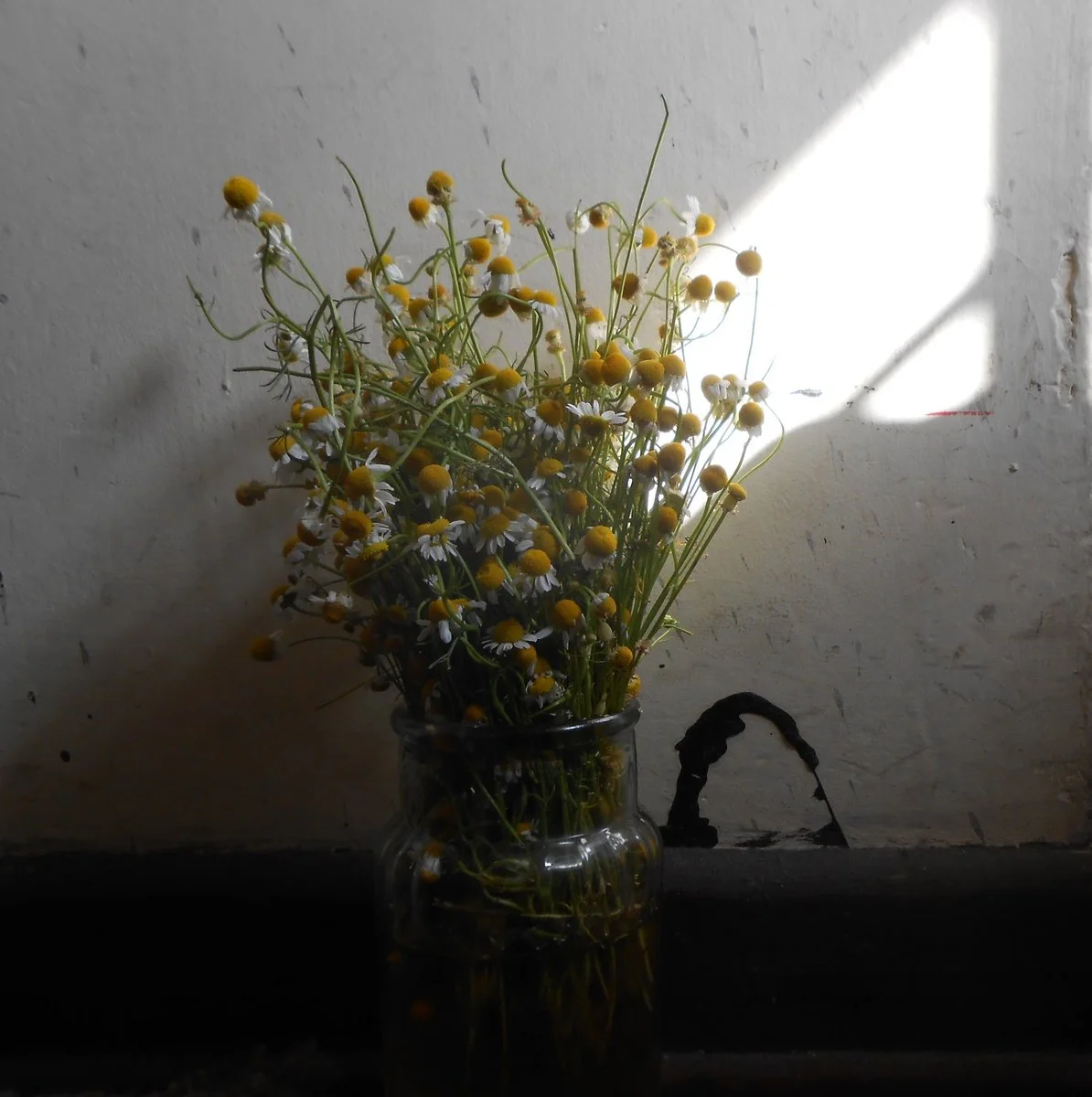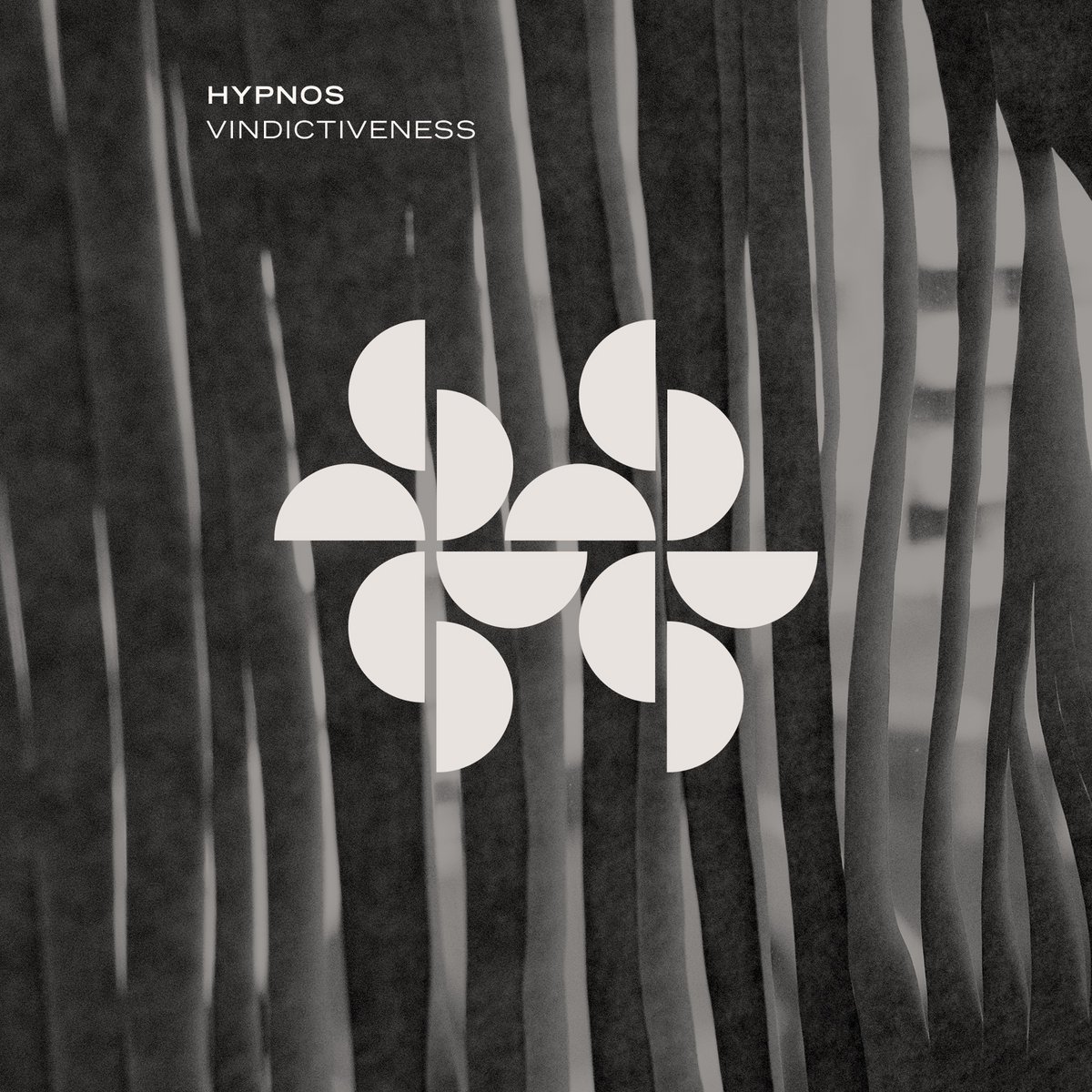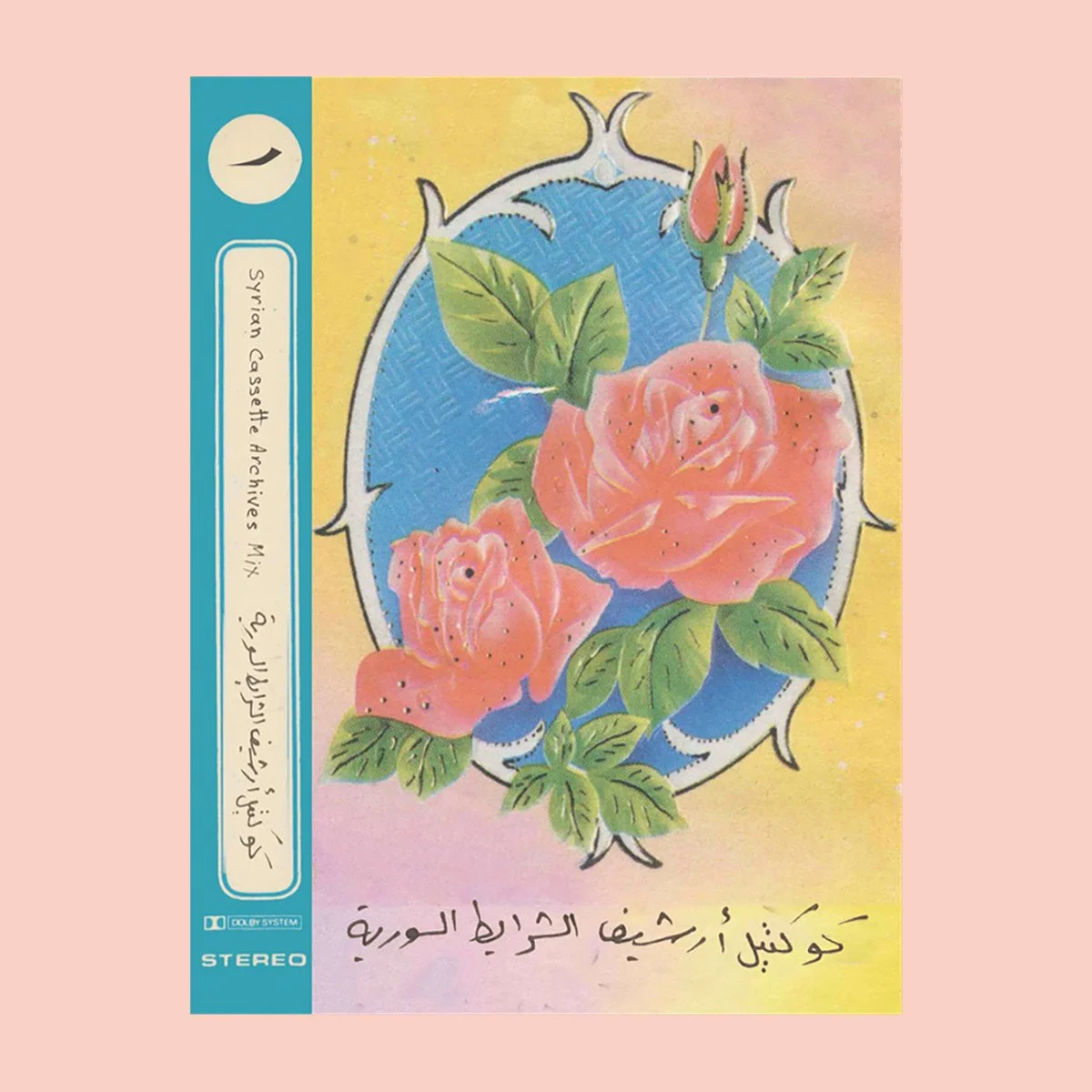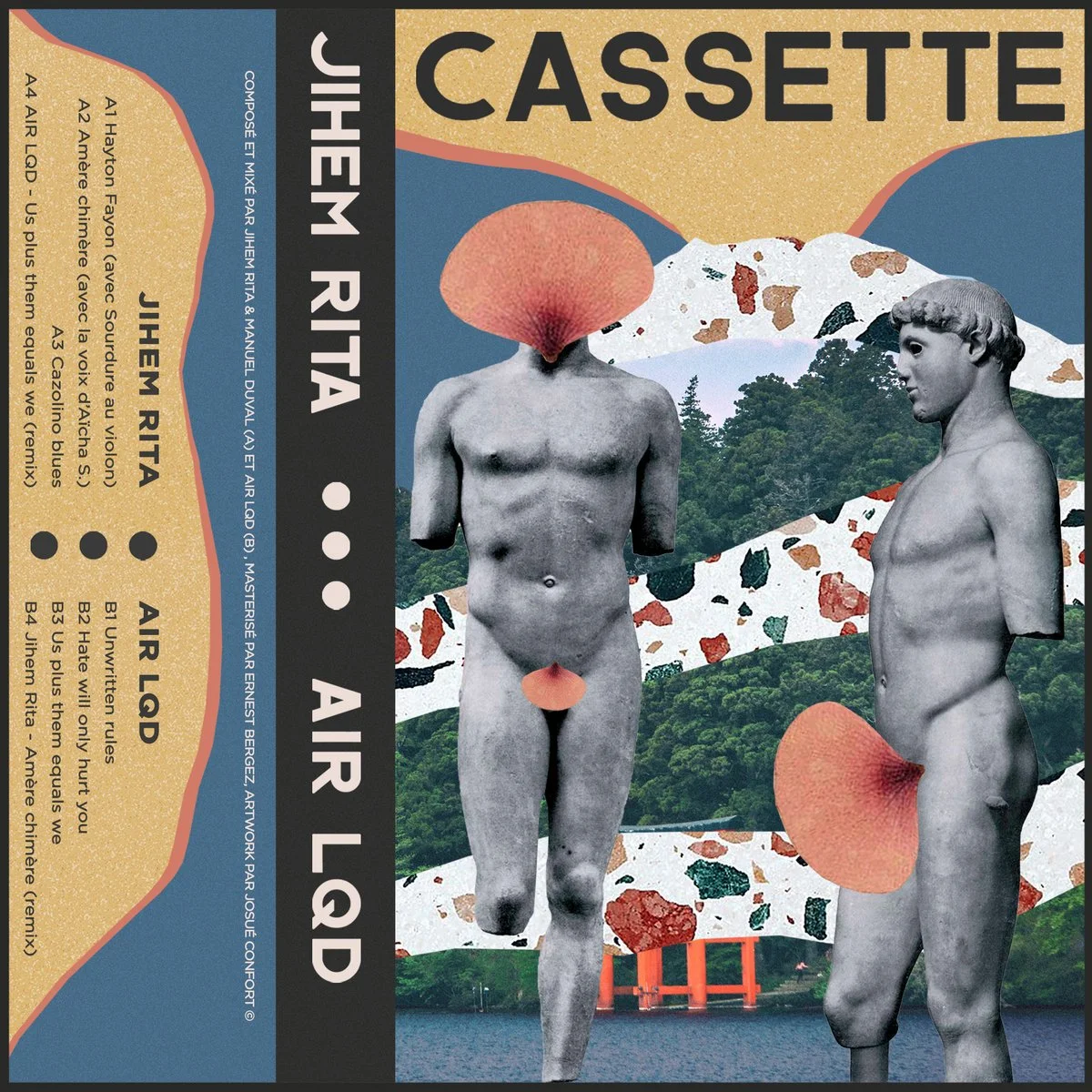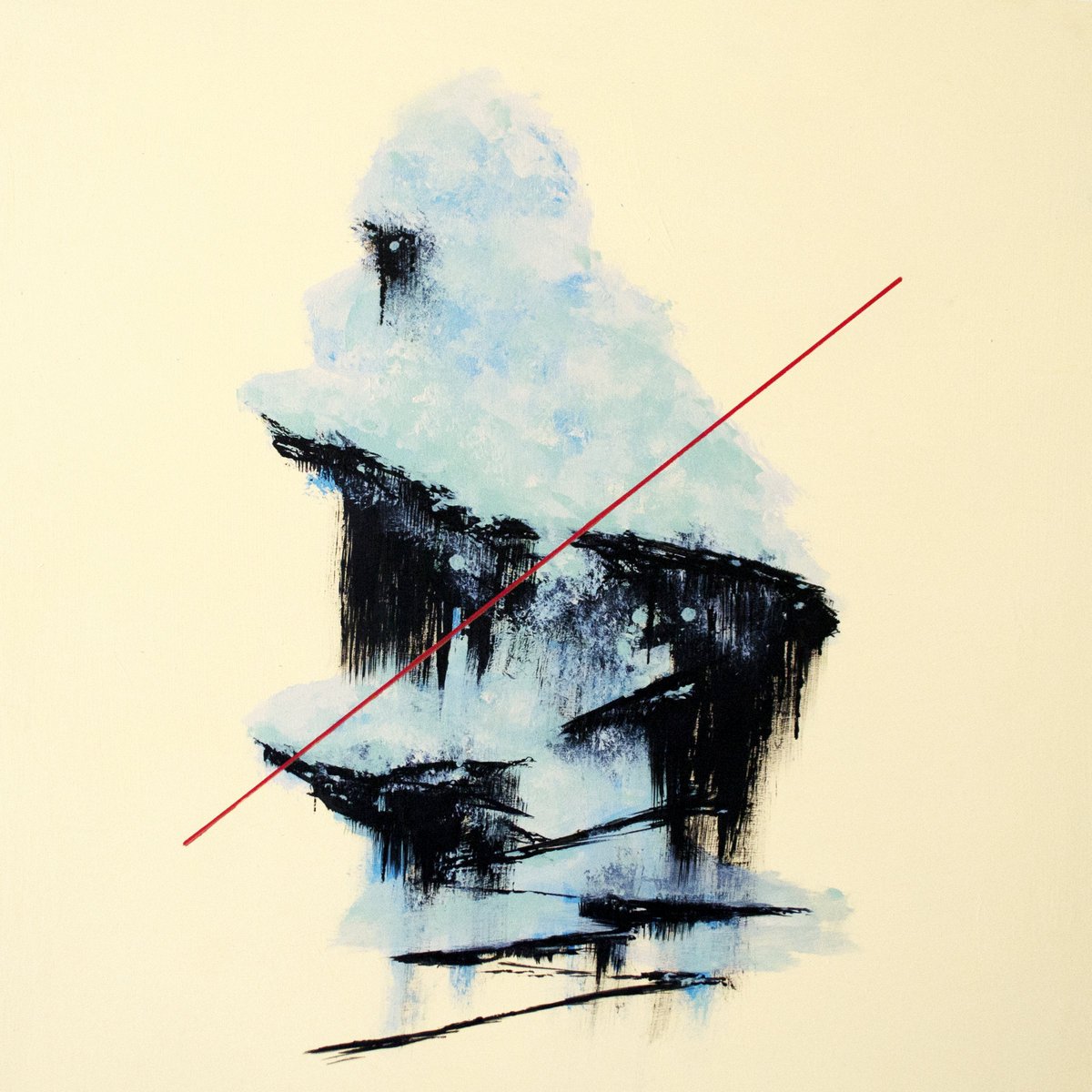NEW YEAR, NEW ATTITUDE. NEW DISCLAIMER.
A review is not an imposition of ideas. It is coverage embellished with opinions forged by repeatedly and attentively listening to the material in question. These opinions may be in line with popular opinion, they may not, but the goal is to always be professional and objective (although, we must admit, sometimes it doesn't seem like that’s the case). Our intention, apart from giving exposure, is to generate debate and discussion around artists and albums that still don’t get to be in many mainstream places.
Bank Myna - VOLAVERUNT
Parisian trio, Bank Maya, debuts with a colossal work that resounds in every possible register, thanks to a vast, and very well crafted, sound range. Despite keeping many similarities with the equally great Dead Magic (City Slang, 2018), especially for its dense atmosphere in which the ethereal merges with the heavy -without crossing the line to the incestuous sound of post-metal-, VOLAVERUNT is able to stand on its own; however, it is inevitable not to be overwhelmed by a sense of déjà vu with the first two tracks, since it is impossible to separate them from “The Truth, The Glow, The Fall”. As the album progresses, the spirit of Anna Von Hausswolff merges with the essence of bands like Dead Can Dance, achieving a quite enveloping work.
Bank Myna greatest strenght lies in their great attention to detail and undeniable ability to make three-dimensional pieces, in which various nuances abound as a result of an instrumentation that takes the usual tools for a genre like rock (guitar, bass, battery) and fuses them with less conventional equipment, such as noise boxes, bells and other objects. It's clear that by now many bands are opting to add this kind of unusual equipment to their lineups, but the trio really manages to integrate and use these elements to the songs’ benefit and not just to try to come off as original.
In general, VOLAVERUNT is a good introduction for a band that has been around for more than five years, even if something more idiosyncratic might have been expected due to that lifespan. However, Bank Myna do not deny their influences nor claim to be creating something completely alien to them. This is a very well-crafted album that manages to create expectation to hear what's next, hoping that the trio will find their own voice.
Buh Records
V/A - Mensajes del Agua: Nuevos sonidos desde Perú Vol.1
Buh Records never takes its finger off the line when it comes to presenting the diverse soundscapes that are taking shape in Peru, regardless of their aesthetic affiliation or the time period in which they were conceived. In its first year of 2022, the magnanimous label presents a compilation that puts at the forefront a new wave of artists who find sanctuary in experimentation or in creating pieces that do not gravitate towards the conventional. The compilation is diverse, but it has its backbone in electronics and electroacoustic practices.
Mensajes del agua opens with a powerful blast full of psychedelia -the one that manifests naturally when the sound has no restrictions- and then moves on to a more familiar aesthetic in the hands of Ayver, SOARER and Vrianch, although their affability should not be taken as a low point within a compilation where most artists venture into more abstract directions, as their pieces offer contrast. In fact, the album seems to be ordered by aesthetic similarity, because after the aforementioned ambient triad, we get four tracks where field recordings and processed sounds are the main element, with Lucía Beaumont's contribution being the one that stands out the most despite her brief length, as well as Isabel Otoya's, in which the sound of a marimba is processed to create something unrecognizable.
History is written day by day, and it is important to give the younger generations their place, providing them with spaces to exhibit and disseminate their works, since they serve as a record of the evolution process that every artistic manifestation or movement goes through.
Aloysius Acker - s/t
Out of the blue, Peruvian artist José Alfredo Rodríguez released this album of improvised pieces that collect quite intimate moments, translated into an endearing post-rock vein.
Under the name Aloysius Acker, José has explored the fusion of nostalgia and the future, blending post-industrial sounds with dreamlike textures that sound like distant memories. This work is no exception to that sound, but the tracks are more delicate, without much of that body that the electronic part provides; predominant here are warped field recordings and wispy shoegaze/post-rock guitars that add volume to the ambiences created by processed recordings and decomposing tapes. In De arcana celeste (Bifront Records, 2019), Acker approached the style of a band like Bowery Electric, this album veers towards a more ethereal side, reminding us of the work of Robin Guthrie.
The stylistic references may be recognizable, but within its simplicity, Aloysius Acker manages to create an intimate experience, with its own touch, and despite being a sound that José masters very well, it feels like an expansion of, and not like he’s running out of ideas. It is clear that this is his aesthetic, but he doesn’t limit himself to just repeating the same sound over and over again; instead, he seems to be looking for different ways to deliver it.
Mahorka
Hypnos - Vindictiveness
On his third installment under the Bulgarian label Mahorka, Hypnos delivers a compendium of exorbitant tracks, of a fragmented nature: on the one hand, we have beats that, despite being somewhat irregular, trace a steady course, while on the other hand, everything surrounding them sounds completely alien to the rhythms at play. In a nutshell, Hypnos uses contrast to trigger a highly psychedelic effect, which is accentuated by its dynamic production full of opaque drones, shifting textures that mutate throughout each track, and repetitive patterns.
Hypnos integrates each element into a fairly balanced-sounding whole, achieving that, despite its paradoxical essence, everything in Vindictiveness sounds coherent, connected and organic (despite being a completely electronic work).
This is a work with a high level of complexity that keeps abundant details for those who decide to listen carefully, but it also holds up quite strongly without the need to break down each element that gives it shape. The whole that is generated has a magnetic effect, that even in those moments where it loses a bit of personality by opting for an overly familiar techno sound, its momentum is never lost. Vindictiveness is a constant climax.
Syrian Cassette Archives
Syrian Cassette Archives - Syrian Cassette Archives Mixtape Vol. 1
The Syrian Cassette Archives label debuts with a compilation that, due to its varied content, works like the simulation of a tour through street stalls where each one is playing different music. Throughout this mixtape, you will be able to appreciate different styles from different eras, but all related to the fervent cassette scene that was at its peak from the 70s to the 2000s.
From radio spots to live recordings and studio material, this is the beginning of an archive effort, which has the objective of sharing and preserving all that music that was not broadcast outside its geographical context. This compilation contains music that, most likely, almost no one had heard until now -even in its most modern moments- and that is a very good complement to the entire revival wave that many albums and artists from eastern regions are going through.
Champ Döner
Jihem Rita/Air LQD - Split
On its first release since July last year, the French label Champ Döner unites two producers with quite contrasting approaches and styles, in a multifaceted split that highlights each of their personalities.
On side A, Jihem Rita takes the wheel with his stylistic swing, making it the most dynamic section of the split. Jihem takes us through electronic fusions with folk and tribal elements (“Hayton Fayon”, “Amère Chimère”), but he is not afraid to plunge into the underworld, touching on genres such as power-electronics, as demontrated with the menacing “Cazolino Blues”. On his end, Air LQD keeps everything a bit more uniform on the B side, since there is no fiddling with other styles or sounds, slightly decreasing the momentum achieved by Jihem. However, it cannot be said that the overall quality is affected, since LQD’s dark touch, endowed with a dubstep essence, make side B an intriguing experience that contrasts with Rita’s looser approach.
Both sides end with a remix in which ones’s track is reworked by the other, and both producers manage to imprint themselves seamlessly on each other's terrain. Air LQD takes away the hypnotic subtlety of “Amère Chimère”, but not in a bad way, since the sampling of the voice works very well with the remix’s heavy atmospheres. On the contrary, Jihem removes all the layers of “Us plus them equals we”, letting a piece that was originally ominous and dense have room to breathe, accompanying it with a simple rhythm and without so many textures around it.
This split covers a lot of ground thanks to Jihem's aesthetic leaps and Air's descent into the netherworld. Its greatest achievement lies in the cohesion with which it flows despite its differences and how each producer revealed their personal touch, even when intervening on each other’s tracks.
Standard Deviation
Katarina Gryvul - Tysha
The second album of the Ukrainian artist, Katarina Gryvul, sees her immerse herself in the abstract, making pieces with structures that constantly change, and that demonstrate her versatility. Tysha is a very well achieved synthesis of each of Katarina's facets, where her talent for sound design, composition and her work as a violinist and vocalist are completely brought to the surface, representing a great step in her artistic evolution.
On her debut album (Inside the Creatures, 2020) Gryvul sounded alien to this world, but keeping recognizable elements that anchored us to reality; now, the traced routes are amorphous; the voices, although recognizable, merge with the other sounds; the presence of the violin complements the electronic and synthetic textures, but far from giving it that classic touch associated with the instrument, the way Katarina treats the strings works more like an impressionistic brushstroke than a figurative sketch. Yet for all its abstraction, Gryvul manages to convey sensitivity.
While Tysha's sound quickly makes us think of the work of artists like Lovozero or Pan Daijing, what it represents in Katarina's career is quite important in that it wasn't a lateral move compared to Inside the Creatures; This plate not only denotes growth, but also a commitment on the part of Katarina with her own work, and when there are countless artists who repeat those elements that worked for them before, not being afraid of evolution is an added value.





